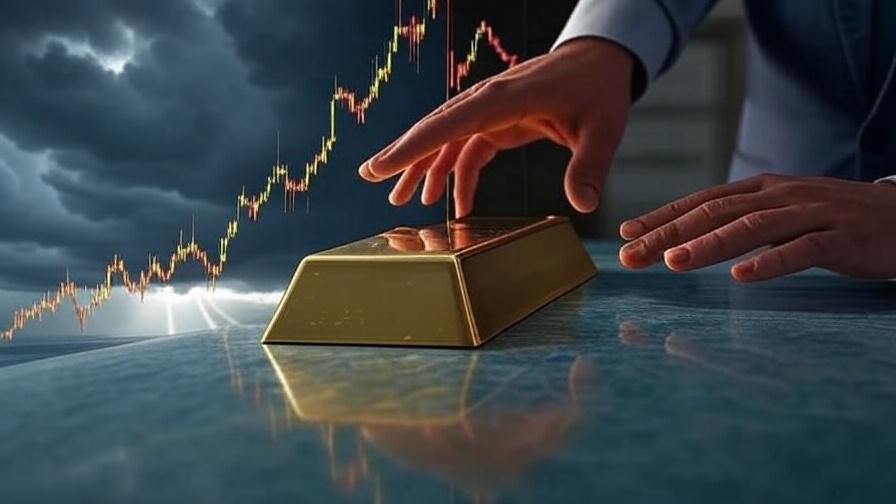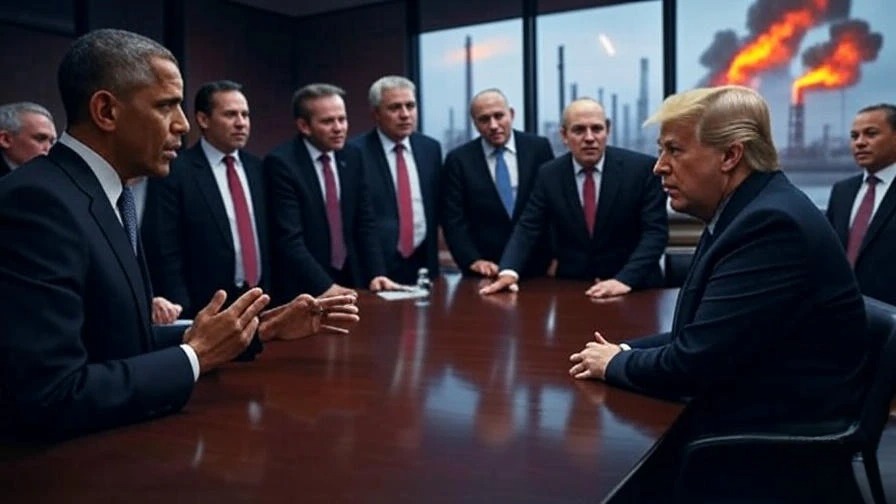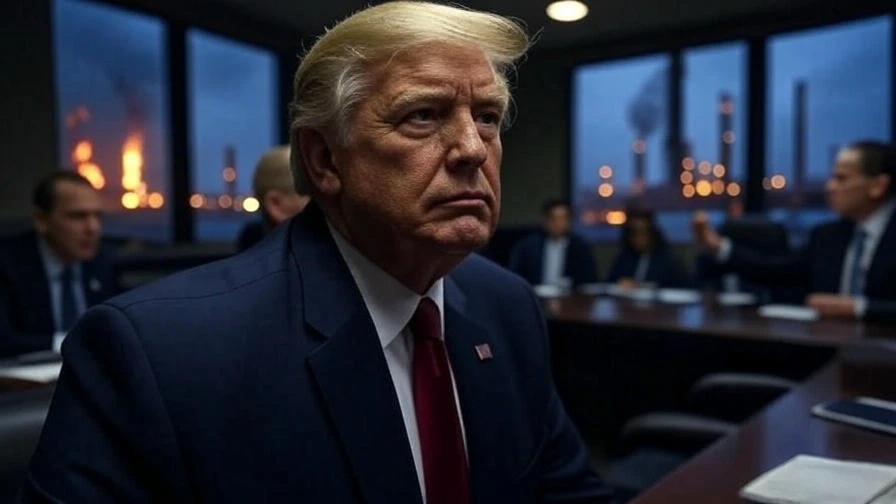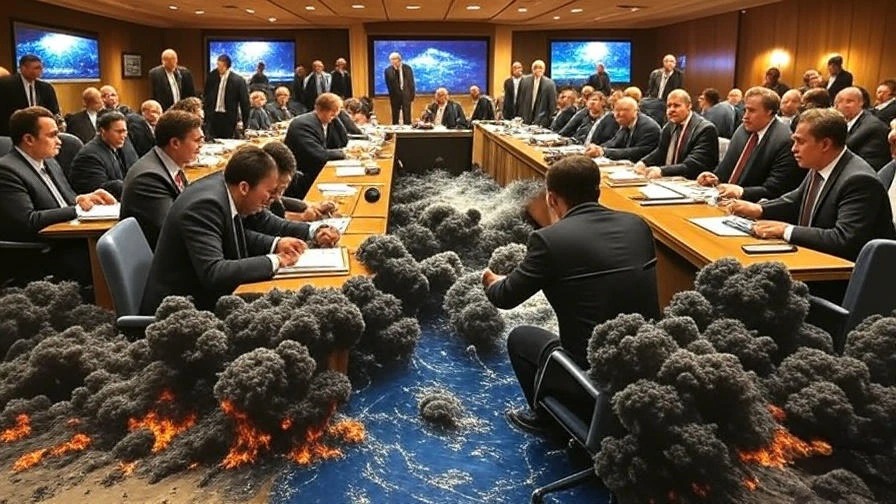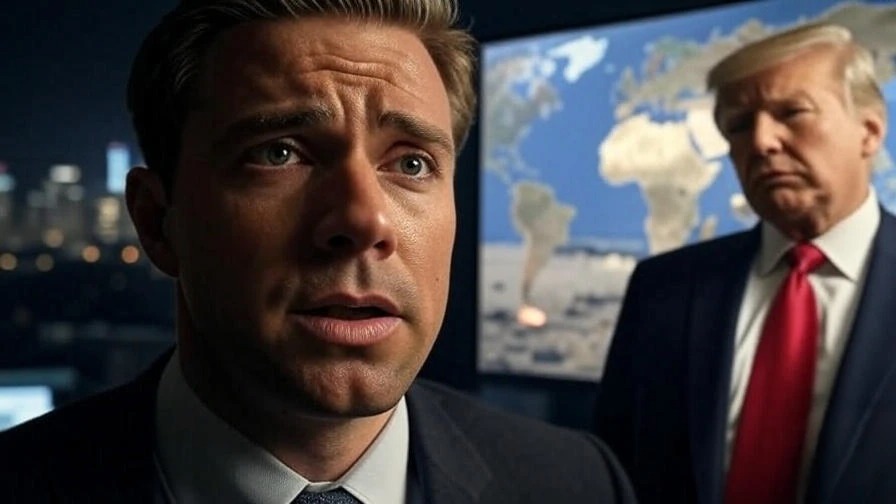The precious metals market is sending mixed signals as the recent gold price drop creates a major buzz. With gold and silver taking a breather from their recent highs, investors are asking a crucial question: Is this the beginning of a larger correction, or is this the gold price drop opportunity we’ve been waiting for before the next leg up?
Today’s Price Movement: The Numbers That Matter
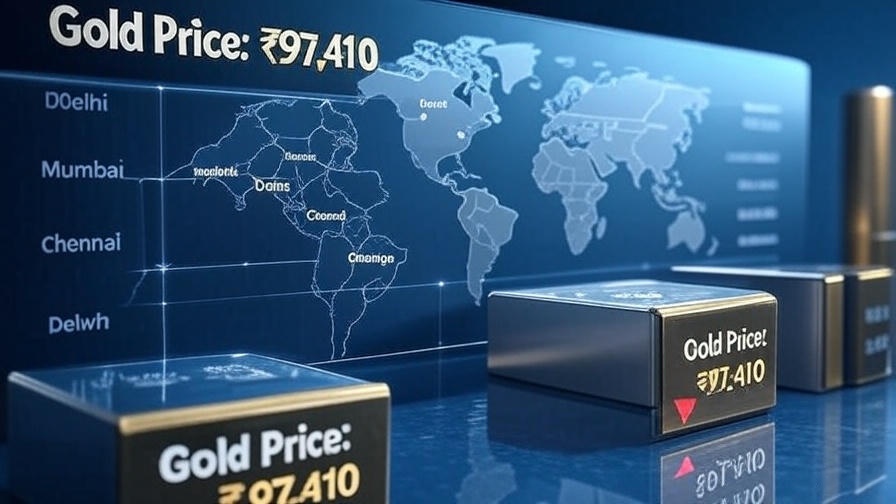
Gold Prices Across Major Cities
- 24-carat gold: ₹97,410 per 10 grams (down ₹10)
- 22-carat gold: ₹89,290 per 10 grams (down ₹10)
- Delhi premium: 24K at ₹97,560, 22K at ₹89,440
- Mumbai, Kolkata, Chennai: Uniform pricing at ₹97,410 for 24K
Silver Takes a Bigger Hit
Silver witnessed a more significant decline, falling ₹100 to ₹1,07,700 per kilogram. However, regional variations persist, with Chennai commanding a premium at ₹1,17,700 per kilogram.
Global Context: US Markets Echo Indian Trends
US gold futures aren’t faring better, with spot gold hitting $3,264.64 per ounce – the lowest level since May 29. This global synchronization suggests broader market forces at play rather than India-specific factors.
The Bears Are Making Their Case: 4 Reasons for Caution
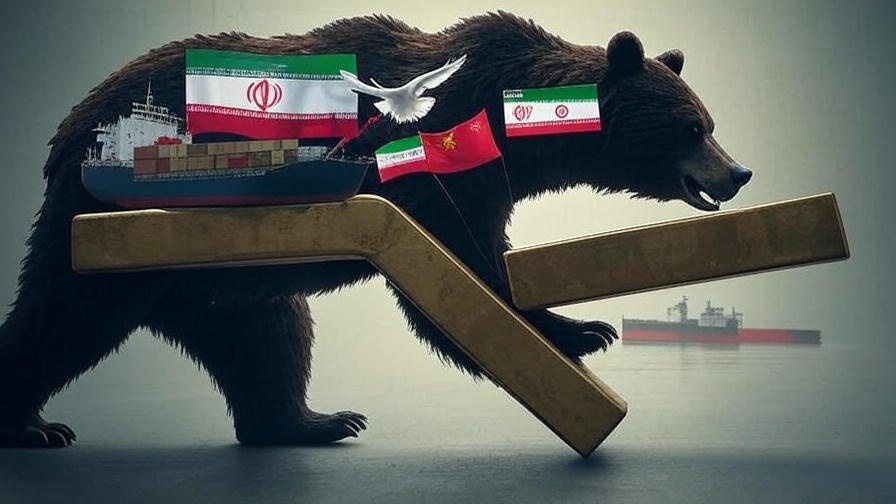
1. Geopolitical Tensions Cooling Down
The primary driver behind gold’s recent weakness stems from easing global tensions. The ceasefire agreement between Iran and Israel continues to hold, reducing the immediate need for safe-haven assets—a stark contrast to just a few weeks ago when the same conflict was causing oil prices to soar by 7%.When conflicts de-escalate, gold typically loses its crisis premium.
2. US-China Trade Relations Improving
Recent developments in US-China trade relations, particularly agreements on rare earth shipments, have boosted investor confidence in riskier assets. This shift away from defensive positions naturally pressures gold prices, making this gold price drop opportunity seem more like a trap to bearish investors.
3. Interest Rate Environment Still Challenging
Despite expectations of Federal Reserve rate cuts totaling 75 basis points in 2025, the current high-interest-rate environment makes non-yielding assets like gold less attractive. When bonds and savings accounts offer decent returns, gold’s opportunity cost increases.
4. Profit-Taking After a Strong Run
Market experts suggest that recent price action reflects profit-taking. After significant gains earlier in the year, some investors are booking profits, contributing to the dip. This is consistent with the broader theme of big money moves rocking Dalal Street in a strategic shuffle, where capital flows out of recent winners and into new positions, creating what others see as a potential re-entry opportunity.
The Bulls Aren’t Giving Up: Why This Could Be a Golden Opportunity
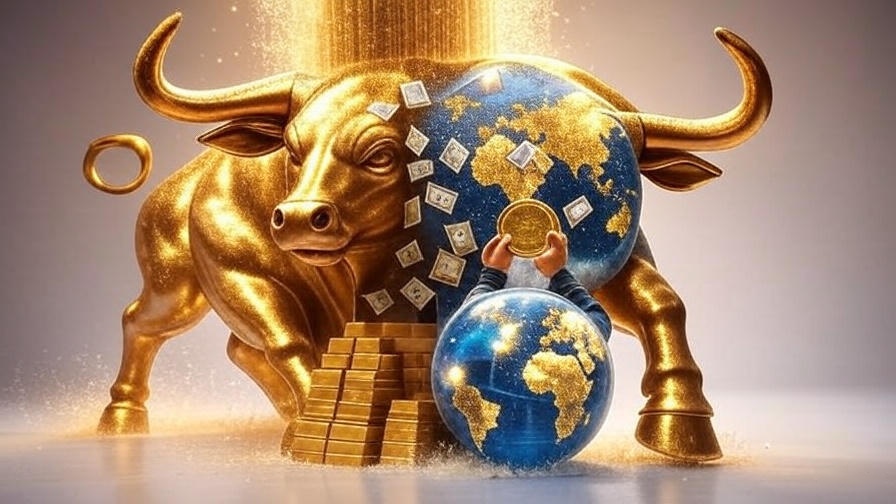
1. Structural Demand Remains Robust
Gold recently surpassed the Euro to become the second-largest reserve asset globally. This institutional adoption by central banks worldwide provides a strong floor for prices, supporting the argument for a long-term gold price drop opportunity, regardless of short-term volatility.
2. Inflation Hedge Still Relevant
Despite current price weakness, gold’s fundamental role as an inflation hedge remains intact. With global economic uncertainties persisting, the metal’s long-term value proposition hasn’t diminished.
3. Geopolitical Risks Haven’t Disappeared
While immediate tensions may have eased, underlying global conflicts and potential flashpoints remain. Any re-escalation could quickly reverse the current downward trend, making today’s prices look like a bargain in hindsight.
4. Expert Projections Remain Positive
Industry reports, including Titan’s latest annual assessment, predict that gold prices may remain elevated due to ongoing global macroeconomic uncertainties. This professional outlook suggests the current dip might be a temporary and valuable entry point.
Technical Analysis: What Charts Are Telling Us
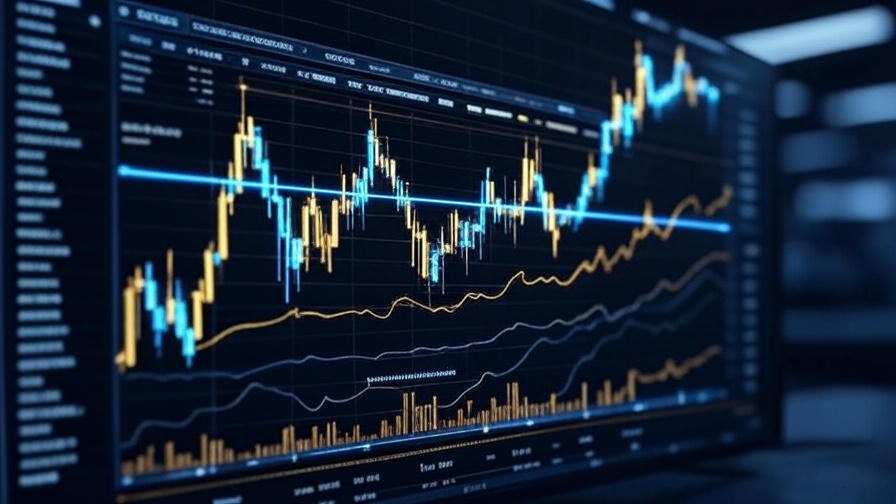
MCX Futures Paint a Mixed Picture
- August 2025 gold futures: Closed at ₹97,023 (down 2.44%)
- July 2025 silver futures: Dropped to ₹1,04,917 (down 1.76%)
These MCX Futures (standardized, exchange-traded contracts in which the contract buyer agrees to take delivery, from the seller, of a specific quantity of a commodity at a predetermined price on a future delivery date. For more, see the MCX India website) indicate near-term bearish sentiment but also present potential value for contrarian investors.
Support and Resistance Levels
Current price levels are testing important technical support zones. A decisive break below could trigger further selling, while a bounce from these levels might signal a reversal and confirm this as a prime gold price drop opportunity.
Investment Implications: How to Approach This Market

For Conservative Investors
The current environment offers a dilemma. Lower prices provide better entry points, but the uncertainty makes lump-sum investments risky. Systematic Investment Plans (SIPs) in gold (a method of investing where you contribute a fixed amount of money at regular intervals, which helps in averaging out the purchase cost over time. Learn more about SIPs at Investopedia) might be the most prudent approach.
For Active Traders
The volatility presents both opportunities and risks. Short-term traders might find profitable swings, but the unpredictable nature of geopolitical developments makes position sizing crucial.
For Long-term Wealth Builders
Historical data suggests precious metals perform well during economic uncertainty. Current weakness can be viewed as an accumulation phase for patient investors who believe in gold’s long-term value.
The Verdict: Opportunity or Trap?

The current precious metals landscape reflects a classic investment paradox. Prices are falling precisely when some of the long-term bullish arguments remain strongest. This disconnect between short-term price action and fundamental drivers is often where the best investment opportunities are born.
Whether this is a trap or a true gold price drop opportunity depends on your individual risk tolerance, investment horizon, and financial goals. This ‘opportunity vs. trap’ scenario isn’t unique to precious metals; we recently analyzed a similar dynamic in our breakdown of whether the MMTC stock surge was a hidden gem or a dangerous trap for investors.
Important Disclaimer: This analysis is for informational purposes only and should not be construed as investment advice or a recommendation to buy or sell precious metals. Precious metals markets are subject to high volatility, and past performance does not guarantee future results. Investors should conduct their own research and consult with qualified financial advisors before making investment decisions. The prices and trends discussed represent a snapshot in time and may change rapidly based on market conditions.
